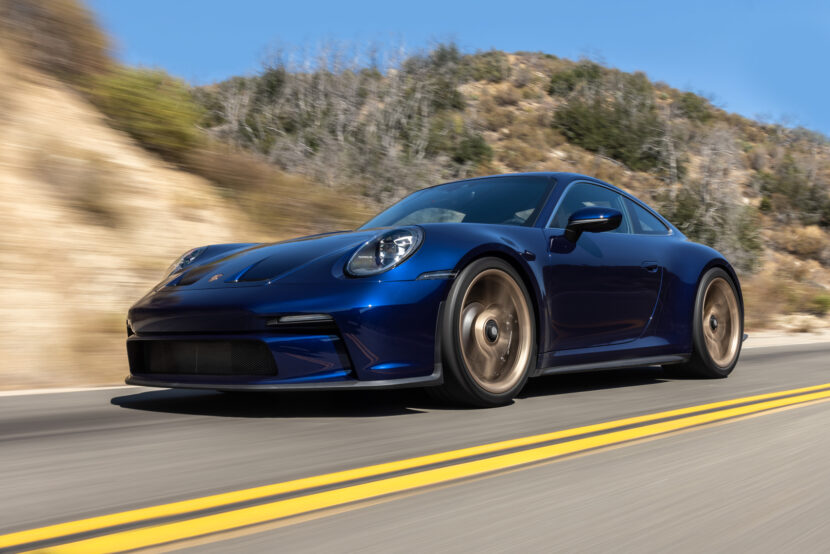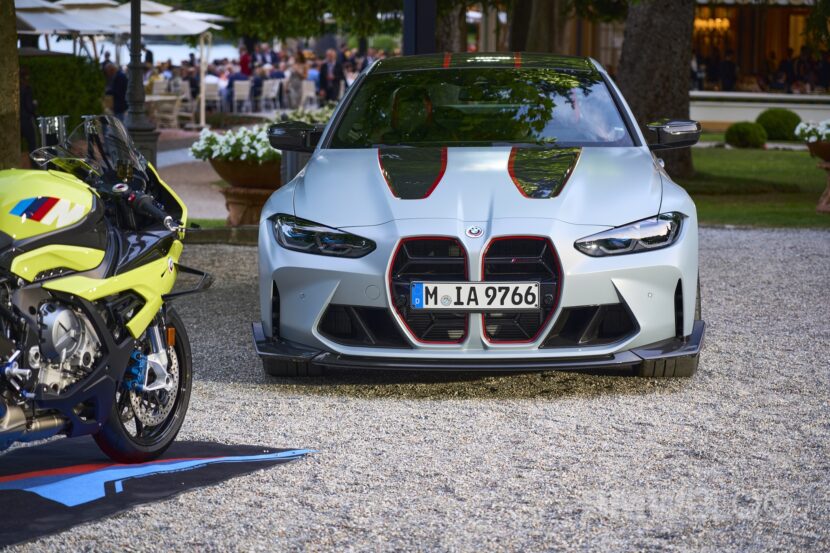Now that the BMW M4 CSL is here, there’s really only one car that it needs to compete with, the Porsche 911 GT3. It might not seem fair for the M4 CSL to have to beat the GT3, considering the Porsche is already so well-accomplished and that the M4 starts on a base car that’s significantly cheaper than the GT3. Fair or not, though, that’s the car everyone will put the M4 CSL up against. So how does it actually do?
In this new video from Car Magazine, we get to see the BMW M4 CSL take on the Porsche 911 GT3 Touring on the road. That last bit is important because, as good as both cars are on track, most customers will drive them on twisty, public roads more often.
Turbo vs. Naturally-Aspirated Engine
Despite both cars being the most hardcore, enthusiast-driven cars in their respective model lineups, the BMW M4 CSL and Porsche 911 GT3 are quite different beasts. The former is a front-engine coupe with a 3.0-liter twin-turbocharged inline-six, paired to an eight-speed automatic gearbox, and rear-wheel drive. While the Porsche 911 GT3 is a rear-engine coupe with a 4.0-liter naturally aspirated flat-six, paired to either a six-speed manual or eight-speed dual-clutch, and rear-wheel drive. The “CSL” in the Bimmer’s name stand’s for “Competition Sport Lightweight” but only the GT3 is actually lightweight, as the M4 weighs in at almost 3,700 lbs.
The BMW M4 CSL makes more power than the GT3, with 543 horsepower versus the Porsche’s 503 horsepower. Its torque figure is also larger, at 479 lb-ft versus 346 lb-ft, and it comes in far earlier in the rev range, due to its twin-turbo nature. However, the 911 GT3’s engine revs out to 9,000 rpm and makes a noise that the M4 CSL can’t even dream of. Plus, the 911 GT3 is about 500 lbs lighter than the M4 CSL. The BMW hauls around 6.7 lbs per horsepower, while the Porsche has about 6.4 lbs per horsepower. So, despite having less power, its power-to-weight ratio is actually a bit better. And because of that, and its far more linear powerband, it’s easier to drive quickly, without overwhelming its rear tires.
I won’t spoil the video, because it’s worth watching and learning the differences between both cars. It also won’t be the last, as there will be plenty more comparisons between these two cars in the future.






































































